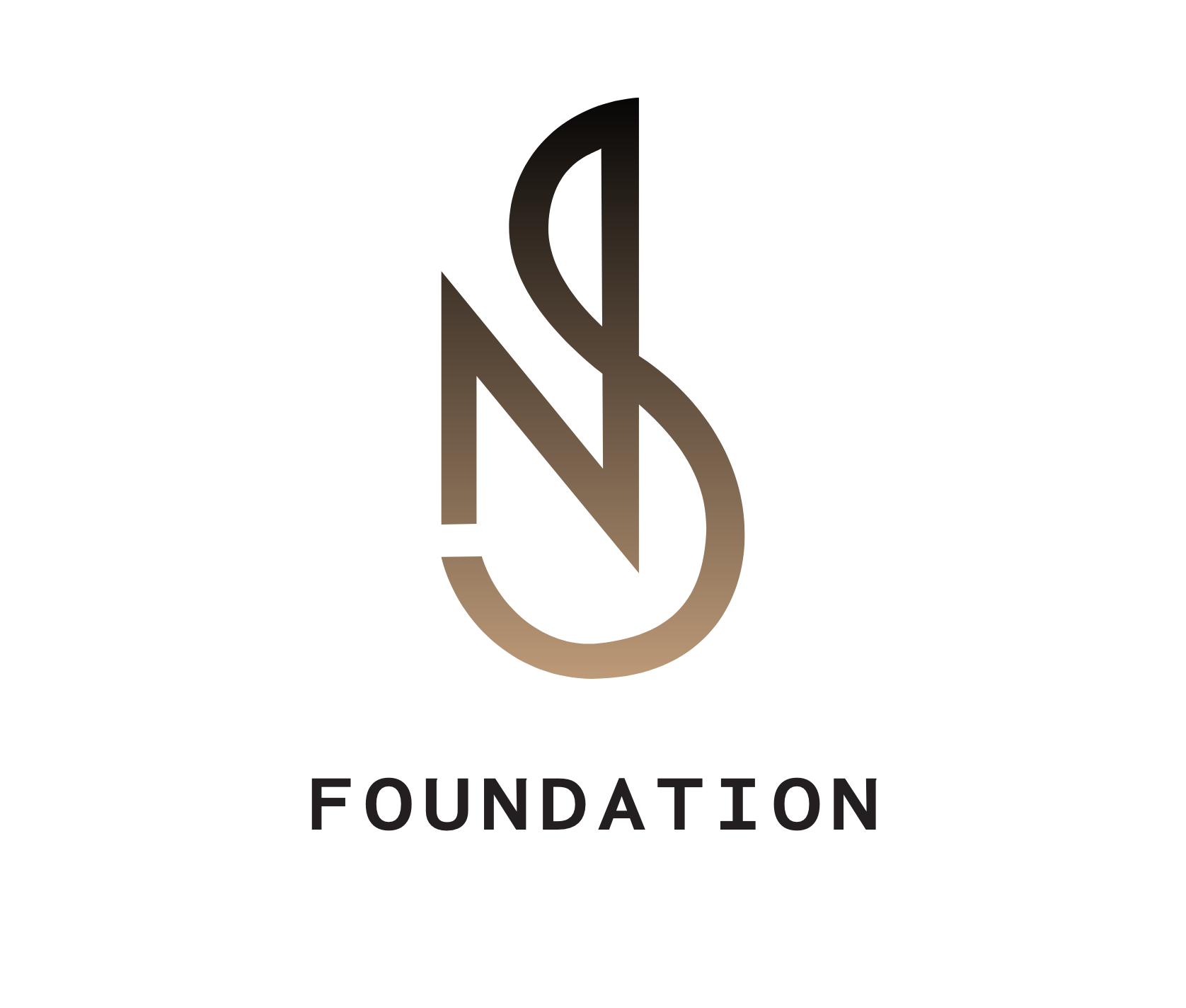Postgresql Vs Mongodb: Choosing The Most Effective Database
It is a most popular alternative for functions that closely rely on complex queries, strict ACID compliance, and relational knowledge fashions, similar to e-commerce platforms, banking methods, and inventory management techniques. With its mature and confirmed structure, MySQL ensures information consistency, reliability, and accuracy, making it a trusted choice for functions that demand secure and structured knowledge storage. PostgreSQL was constructed on a onerous and fast schema mannequin, necessitating predefined desk buildings and information varieties. PostgreSQL, like other relational databases, require main and foreign keys to be defined which basically map relationships between totally different tables.
Thus, the catalog-driven characteristic of PostgreSQL depicts its extensibility. _ SQL has been around for many years and is broadly known and supported throughout the tech business._ PostgreSQL adheres to the SQL standard but additionally extends it with powerful options that make it stand out. Aditi Prakash is an experienced B2B SaaS writer who has specialized in information engineering, data Mobile app development integration, ELT and ETL finest practices for industry-leading companies since 2021. Both MongoDB and Postgres combine with many programming languages, with official drivers for Python, Java, Node.js, and more.
With zoned sharding, Atlas allows location-aware storage, making certain information may be stored in specific geographic areas to fulfill data sovereignty and compliance necessities for globally distributed purposes. PostgreSQL has been ACID-compliant since its inception, offering robust guarantees for atomicity, consistency, isolation, and durability throughout even the most advanced transactions. This makes it perfect for functions where data integrity is crucial, such as monetary methods and ecommerce platforms. MongoDB is constructed with scalability in mind, notably for environments that have to deal with massive quantities of unstructured or semi-structured information.
Write-ahead logs enable sharing the changes made with the duplicate nodes, therefore making asynchronous replication attainable. Other sorts of replications embody logical replication, streaming replication, and bodily replication. You also can implement list partitioning the place postgres vs mongodb the table is partitioned in accordance with the key values specified.
Postgresql Information: Getting Started With A Strong Open Supply Database
PostgreSQL incessantly releases updated versions regularly, and builders, enthusiasts, or third-party firms present help and try to develop the system by fixing bugs or making slight modifications to the database system. PostgreSQL provides tons of authentication strategies together with a pluggable authentication module (PAM) and lightweight directory access protocol (LDAP), which scale back the assault surface of the servers. It additionally ensures server-level protection by way of host-based authentication and certificate authentication. The tight rules governing the construction of the database enable PostgreSQL to be a very safe database, hence it can be reliable to be used for banking systems. It may be troublesome to regulate the structure of the database once it’s loaded. It needs several groups in improvement, ops, and the database administrator to coordinate the adjustments made within the construction rigorously.
Instead of implementing inflexible schemas with predefined fields, it embraces flexibility with its document-oriented mannequin. MongoDB shops information as BSON (Binary JSON), which permits for key-value pairs where every key can have a broad range of values, including arrays and even deeply nested documents. Airbyte has 350+ built-in data connectors to relational databases, like Postgres, non-relational databases, like MongoDB, and hundreds of different sources and locations. Using the open-source platform, information teams can simplify knowledge switch and create no-code information pipelines with ease.
Postgresql’s Sql
MongoDB is highly flexible in terms of defining document constructions. This is particularly useful in agile environments where data fashions can change regularly. Vertical scaling is best with PostgreSQL, where performance is enhanced by upgrading hardware or optimizing queries. PostgreSQL’s vertical scalability and give attention to ACID compliance make it appropriate for eventualities demanding strict information integrity and complex queries. Its performance scales properly vertically with hardware upgrades, however horizontal scaling would possibly require extra intricate setup.

Adjustments within the schema often require migrations, which could be extra complex. PostgreSQL also offers robust ACID compliance out-of-the-box, making it suitable for purposes demanding strict knowledge consistency and integrity. Generally, SQL databases offer high data consistency and integrity whereas MongoDB provides excessive availability of data. MongoDB is a NoSQL database storing flexible, JSON-like documents without a mounted schema. PostgreSQL is a relational database using structured tables with predefined schemas.
Evaluating the efficiency of MongoDB and PostgreSQL is a complex task due to their distinctive approaches to knowledge storage and retrieval. If you prioritize sooner data integration and scalability across a quantity of servers, MongoDB may be an acceptable alternative for your business. On the other hand, whereas PostgreSQL is simple to put in and is adaptable to nearly all platforms, its effectivity may differ from platform to platform. Furthermore, it doesn’t have revising tools or reporting instruments that might show the present condition of the database.
MongoDB is usually chosen for projects the place knowledge wants could evolve over time, because it would not require a hard and fast schema, making it adaptable to altering data fashions. MongoDB is often favored for large knowledge applications because of its scalability and adaptability. It helps horizontal scaling via sharding, permitting information to be distributed throughout multiple servers simply. This makes it well-suited for handling giant volumes of unstructured or semi-structured data. MongoDB’s schema-less design permits for quick iterations and variations to changing information constructions, which is widespread in huge knowledge situations. It performs nicely for real-time analytics and high-throughput operations, particularly for read-heavy workloads.
PostgreSQL works with numerous information varieties and provides storage for big objects, providing options like anticipatory log writing, common backups, and recovery in case of failure. DB Serv specialists performed a comparative analysis of MongoDB vs. PostgreSQL and are ready to current https://www.globalcloudteam.com/ the results. By finding out the article, you’ll study the key features, variations, and purposes of these databases. Some everyday use circumstances for PostgreSQL include web functions requiring excessive reliability and stability, corresponding to financial institution systems, process administration purposes, analytics, geospatial information, and plenty of more. Nevertheless, PostgreSQL’s degree of security may differ from one cloud system to a different, even when it’s the same database. Builders can choose what’s essential in the utility and make the adjustments required.
MongoDB is a more wise choice if your company needs a multi-cloud database that works uniformly across totally different environments. It guarantees information storage grouped by specific parameters and supports superior serverless and cellular improvement technologies. MongoDB is a document-oriented database that stores information in the form of JSON-like documents in collections with nested fields and arrays.
- It’s additionally widespread that Postgres and MongoDB co-exist inside a corporation.
- In The Meantime, 28.3% favor MongoDB when coping with unstructured info.
- PostgreSQL makes use of an SQL variant, called Postgres SQL, as its question language.
- MongoDB Atlas, the managed service, extends this with multi-factor authentication (MFA) choices corresponding to OTP, hardware safety keys (FIDO2), and biometrics, making certain secure access to each the Atlas UI and databases.
- When it involves MongoDB vs. PostgreSQL efficiency, intrinsic data can be saved in a single column, implying they possess subsets or nested structures.
Personal Endpoints enable one-way connections from cloud suppliers like AWS, Azure, or Google Cloud to Atlas clusters. VPC/VNet peering enables secure, direct communication between your MongoDB Atlas deployment and your software tier, while IP whitelisting restricts access to specific community segments. MongoDB offers robust, enterprise-grade security controls across varied layers, making certain data safety for cloud and on-premise environments. This setup allows MongoDB to deal with millions of customers without performance degradation, because the system dynamically adjusts to the growing workload.

B-tree is the default index sort in PostgreSQL, and it works properly for most range queries and equality checks. On the flip aspect, PostgreSQL sticks to the more conventional relational model, which brings its own advantages. Suppose about building an app where consumer profiles vary significantly, some users might have a listing of past orders, others might not, and new fields could possibly be added to the person profile as the applying evolves.
